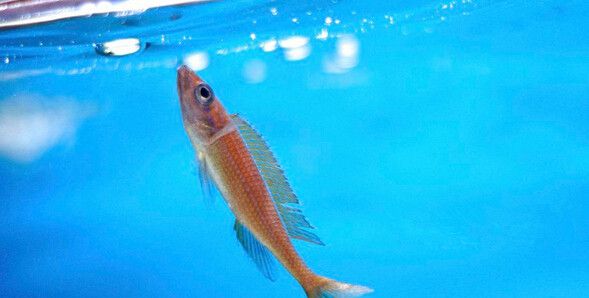纳米粒子可重新激活脑部血液循环
|
A nanoparticle developed at Rice University and tested in collaboration with Baylor College of Medicine (BCM) may bring great benefits to the emergency treatment of brain-injury victims, even those with mild injuries. Combined polyethylene glycol-hydrophilic carbon clusters (PEG-HCC), already being tested to enhance cancer treatment, are also adept(熟练的) antioxidants. In animal studies, injections of PEG-HCC during initial treatment after an injury helped restore balance to the brain's vascular system(血管系统). The results were reported this month in the American Chemical Society journal ACS Nano. A PEG-HCC infusion that quickly stabilizes blood flow in the brain would be a significant advance for emergency care workers and battlefield medics, said Rice chemist and co-author James Tour. "This might be a first line of defense against reactive oxygen species (ROS) that are always overstimulated during a medical trauma, whether that be to an accident victim or an injured soldier," said Tour, Rice's T.T. and W.F. Chao Chair in Chemistry as well as a professor of mechanical engineering and materials science and of computer science. "They're certainly exacerbated when there's trauma with massive blood loss." In a traumatic brain injury, cells release an excessive amount of an ROS known as superoxide (SO) into the blood. Superoxides are toxic free radicals, molecules with one unpaired electron, that the immune system normally uses to kill invading microorganisms. Healthy organisms balance SO with superoxide dismutase (SOD), an enzyme that neutralizes it. But even mild brain trauma can release superoxides at levels that overwhelm the brain's natural defenses. "Superoxide is the most deleterious(有毒的) of the reactive oxygen species, as it's the progenitor(祖先,原著) of many of the others," Tour said. "If you don't deal with SO, it forms peroxynitrite(过氧硝酸盐) and hydrogen peroxide. SO is the upstream precursor to many of the downstream problems." SO affects the autoregulatory mechanism that manages the sensitive circulation system in the brain. Normally, vessels dilate when blood pressure is low and constrict when high to maintain an equilibrium, but a lack of regulation can lead to brain damage beyond what may have been caused by the initial trauma. "There are many facets of brain injury that ultimately determine how much damage there will be," said Thomas Kent, the paper's co-author, a BCM professor of neurology and chief of neurology at the Michael E. DeBakey Veterans Affairs Medical Center in Houston. "One is the initial injury, and that's pretty much done in minutes. But a number of things that happen later often make things worse, and that's when we can intervene." Kent cited as an example the second burst of free radicals that can occur after post-injury resuscitation. "That's what we can treat: the further injury that happens because of the necessity of restoring somebody's blood pressure, which provides oxygen that leads to more damaging free radicals." In tests, the researchers found PEG-HCC nanoparticles immediately and completely quenched superoxide activity and allowed the autoregulatory system to quickly regain its balance. Tour said ROS molecules readily combine with PEG-HCCs, generating "an innocuous carbon double bond, so it's really radical annihilation. There's no such mechanism in biology." While an SOD enzyme can alter only one superoxide molecule at a time, a single PEG-HCC about the size of a large protein at 2-3 nanometers wide and 30-40 nanometers long can quench(熄灭) hundreds or thousands. "This is an occasion where a nano-sized package is doing something that no small drug or protein could do, underscoring the efficacy of active nano-based drugs." "This is the most remarkably effective thing I've ever seen," Kent said. "Literally within minutes of injecting it, the cerebral blood flow is back to normal, and we can keep it there with just a simple second injection. In the end, we've normalized the free radicals while preserving nitric oxide (which is essential to autoregulation). These particles showed the antioxidant mechanism we had previously identified as predictive of effectiveness." |








